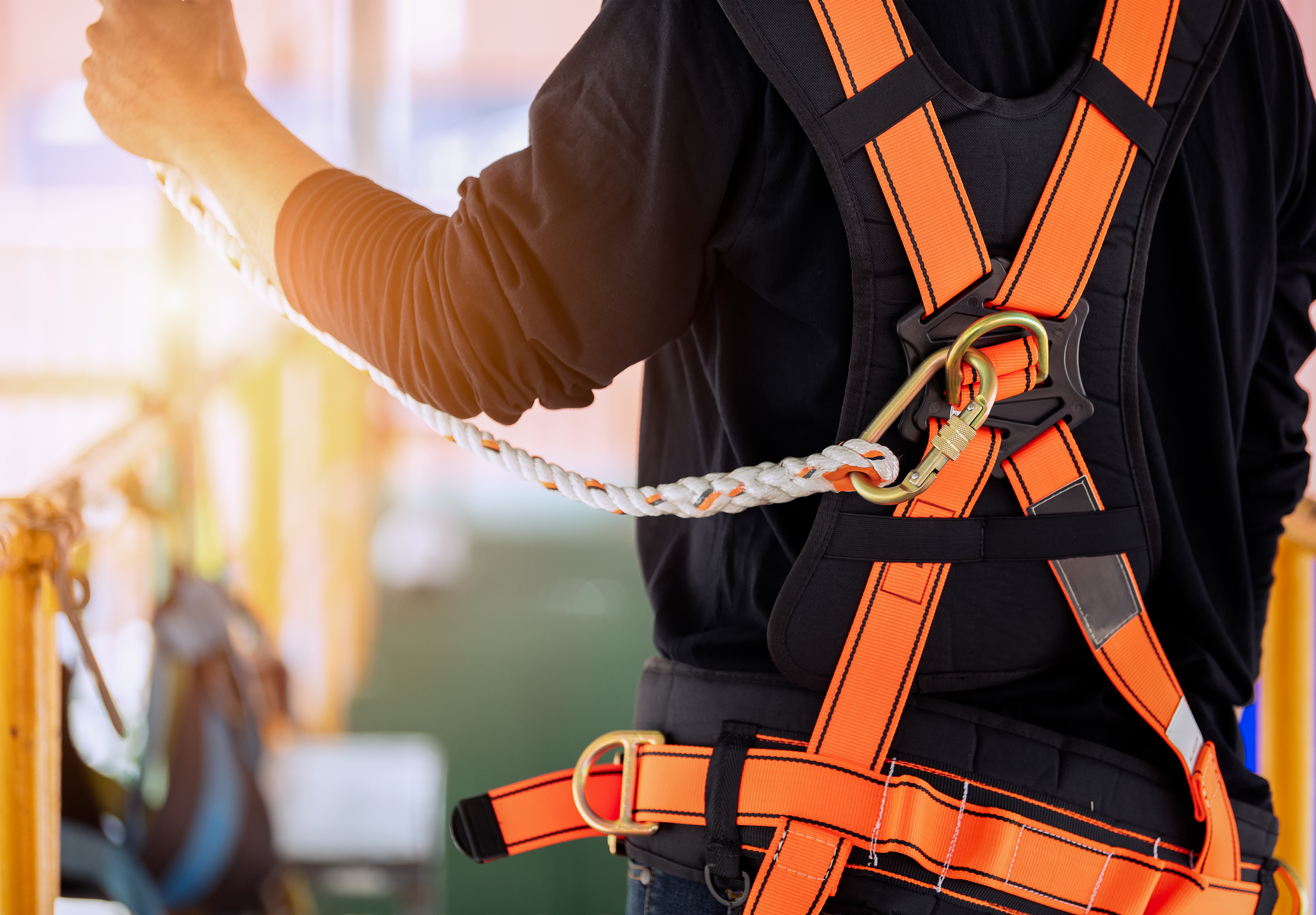The Occupational Safety and Health Administration (OSHA) keeps records not only of the most frequently cited standards overall, but also within particular industries. The most recent statistics from OSHA reveal the top standards cited in the fiscal year 2020 for the construction industry.
This top 10 list comprises establishments engaged in the construction of buildings or engineering projects (e.g., highways and utility systems). Establishments primarily engaged in the preparation of sites for new construction and establishments primarily engaged in subdividing land for sale as building sites are also included in this sector.
Description of Violation |
Cited Standard Number |
Average Cost Per Violation |
| 1. Duty to Have Fall Protection – This standard refers to the practice of identifying hazards and providing protections from those hazards when needed. Requirements include identifying, inspecting and assessing workplace conditions for fall or falling object hazards. | 29 CFR 1926.501 | $5,427 |
| 2. General Scaffold Requirements – General scaffold requirements involve fall arrest systems, supported scaffold platforms and suspended scaffolding. Requirements include erecting and dismantling specifications, training and inspections. | 29 CFR 1926.451 | $2,897 |
| 3. Ladders – This standard commonly refers to self-supporting ladders, single ladders, extension ladders and fixed ladders. Requirements include specifications that ladders must meet, inspections, removal from service, and employee training. | 29 CFR 1926.1053 | $2,934 |
| 4. Fall Protection Training Requirements – This standard applies to employees working at heights and the training they must receive. The requirements of this standard include training employees in fall hazards, certification and retraining when necessary. | 29 CFR 1926.503 | $1,657 |
| 5. Eye and Face Protection – This standard commonly refers to eye and face protection such as safety glasses, goggles and face shields. Requirements include identification of hazards and ensuring employees are supplied with the required protection and utilize it. | 29 CFR 1926.102 | $3,124 |
| 6. General Safety and Health Provisions – This standard refers to the practice of contracting to provide workers with a safe work environment. Requirements include contracting to prevent workers from working in surroundings or conditions that are unsanitary, hazardous or dangerous to their health and safety, which includes identifying compliance duties and accident prevention responsibilities. | 29 CFR 1926.20 | $3,749 |
| 7. Head Protection – Head protection refers to the use of hard hats. Requirements include meeting head-protection specifications for different job environments. | 29 CFR 1926.100 | $2,684 |
| 8. Specific Excavation Requirements – This standard refers to the practice of providing proper atmospheres, emergency response and installations of access/egress for structural stability of surface or underground excavations. Requirements include locating utilities, providing access, protection from vehicles, atmospheric monitoring, rescue equipment and protection from falling material. | 29 CFR 1926.651 | $4,822 |
| 9. Aerial Lifts – Aerial lifts in this section are commonly referred to as vehicle-mounted boom lifts, boom platforms, and ladder and tower trucks. Requirements include ensuring proper operation, training and inspection. | 29 CFR 1926.453 | $3,249 |
| 10. Fall Protection Systems Criteria and Practices – This standard refers to providing and installing fall protection systems to prevent fall hazards. Requirements include implementing systems with the proper specifications for guardrail systems, safety net systems and personal fall arrest systems. | 29 CFR 1926.502 | $2,738 |








